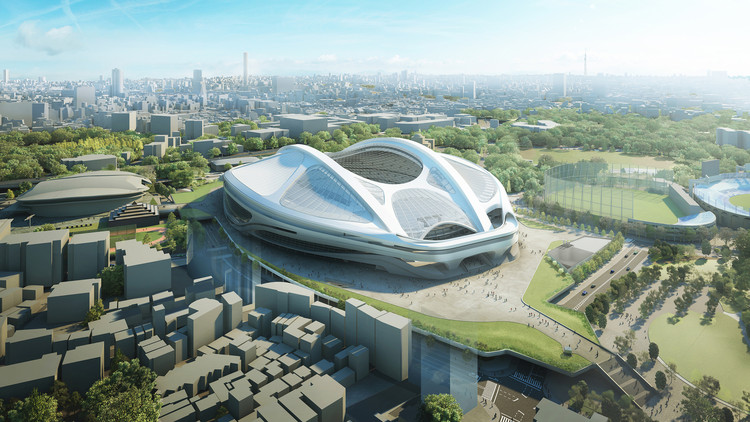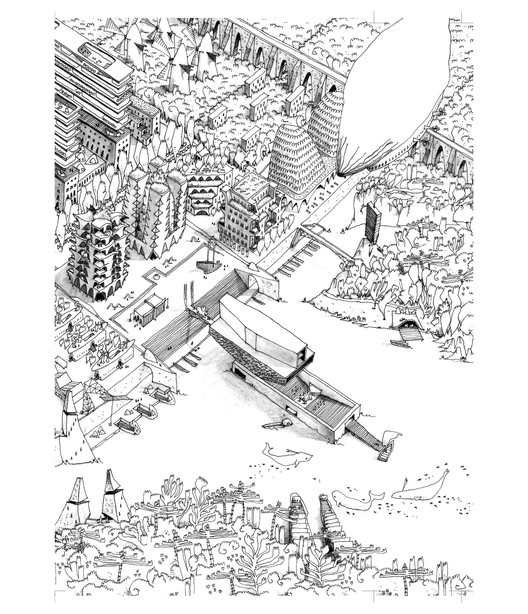
While its status as an epicenter of architectural production is legendary, Chicago is sometimes overlooked by contemporary architectural debate, forced out of the spotlight by the proliferation of media outlets and educational institutions in the area around New York. However in the latter part of the 20th century and into the 21st, few people have been as devoted to fostering architectural discussion in the city as Stanley Tigerman. In this interview excerpt, originally published by MAS Context as "It’s Not What You Say, It’s What You Do," Iker Gil and Ann Lui speak with the famously antagonistic architect about everything from Chicago, to the New York Five, to the importance of keeping friends at arm's length.
At one point in this interview, Stanley Tigerman asked us: “You know the character you need to be an architect? You need to be brave. You need to be strong. You have to have a very strong backbone. You have to have very thick skin because you’re going to get beat to shit by others, without question. You have to have that quality in you to take the criticism that will come your way no matter what.”
At the core of this advice is the central belief that vigorous debate—including harsh criticism, strong positions, and the prioritization of powerful new ideas even at the cost of one’s own comfort—is essential to the forward movement of architecture.



.jpg?1452893796)









_Hedrich_Blessing_(3).jpg?1452884759)






























